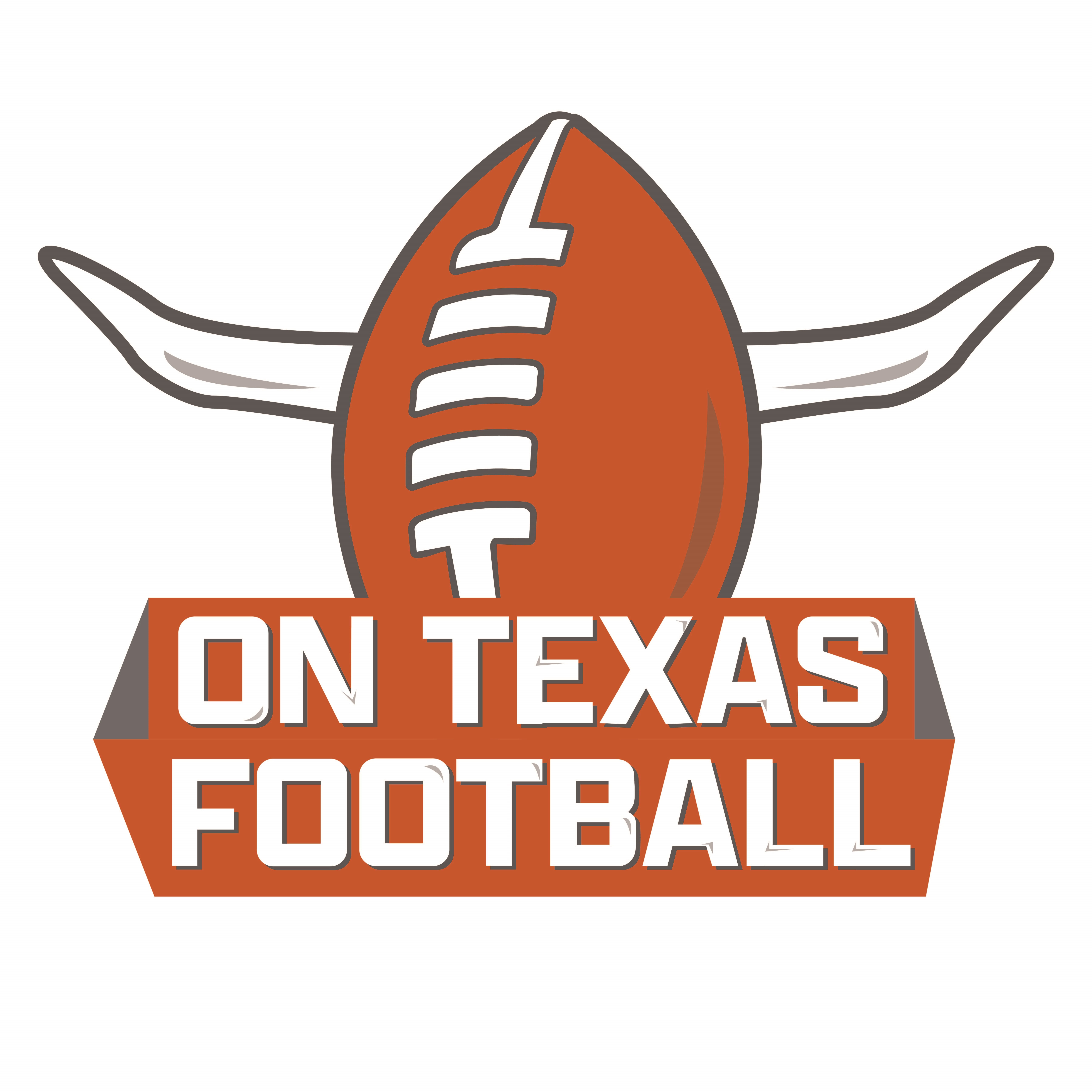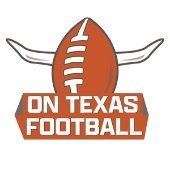
With that said, it’s worth painting the backdrop for Sarkisian’s calculated risk.
To understand why the burnt orange faithful love Muschamp, one has to understand the situation he inherited in 2008.
After Greg Robinson and Gene Chizik successfully built on the foundation that Carl Reese built, with the Longhorns fielding elite defenses in 2004 and 2005, the bottom fell out in 2007.
A defense co-coordinated by Akina and Larry MacDuff is still the second-worst pass defense in school history in yards per game allowed (277.8). The 23 passing touchdowns the unit gave up set an all-time single-season high at Texas until Vance Bedford’s 2015 defense was burned for 24 scores through the air (Todd Orlando's 2018 and 2019 defenses established new marks, surrendering 26 and 28 passing touchdowns, respectively).
Much like the 2025 squad, the 2007 Longhorns underachieved compared to preseason expectations.
Texas was in line to play in a BCS bowl until a sloppy performance in College Station ended with a 38-30 loss to Texas A&M in what turned out to be Dennis Franchione’s last game as coach of the Aggies. Mack Brown famously made every starting job open for competition heading into that season’s Holiday Bowl against Arizona State. The Longhorns played largely inspired football, putting forth arguably their best performance of the season in a 52-34 rout of the Sun Devils, a 10-win team under Dennis Erickson that claimed a share of the Pac-10 title.
Still, Brown shook things up, hiring Muschamp away from Auburn to run the defense. The impact was felt in Muschamp's first spring as Texas played defense with a physical, disciplined and maniacal edge it lacked since winning the national championship in 2005.
Muschamp did more than field defenses that played with elite levels of effort, intensity and toughness, harkening back to the days of Mike Campbell and Leon Fuller. He changed the culture across the board, which, along with the evolution of Colt McCoy on offense, spearheaded the Longhorns to a 25-2 record (with a Big 12 title, a BCS championship game appearance and a Fiesta Bowl win over Ohio State) during Muschamp’s first two seasons in Austin.
Fast forward 15 years (the news of Muschamp’s departure to Florida to be Urban Meyer’s successor broke on a massive official visit weekend that coincided with the 2010 Texas team’s postseason banquet), and Sarkisian is in a position where Brown found himself before he hired Muschamp. And it's not where Brown was after he led the program to consecutive 10-3 seasons after the 2005 triumph.
For Sarkisian, this offseason mirrors where Brown’s tenure stood after the 2003 season, which ended with a disappointing Holiday Bowl loss to Washington State.
Reese, who was 60 years old at the time, took the Longhorn defense as far as he could. With Mike Leach and Mark Mangino at the forefront of the spread evolution in the Big 12, top-notch offensive minds gradually figured out how to move the ball and score against Reese’s aggressive defenses, which relied on playing high-level man coverage.
The 59-year-old Kwiatkowski pulled the nose up after a disastrous 2021, leading championship-caliber defenses over the last three seasons. While no guarantee that turning the defense over to Muschamp will get Texas over the hump, the move suggests that Sarkisian made a tough but necessary call.
If the Longhorns are going to ascend to the next level in Sarkisian's sixth season, changes had to be made.
Texas has a plethora of potential difference makers along the defensive front who can enhance what Colin Simmons brings to the table. Graceson Littleton and Kade Phillips are foundational pieces in the secondary.
What the Longhorns can’t have when the dust settles on the 2026 season is the feeling that lingers at the end of Anthony Hill Jr.’s collegiate career. Even though Hill made multiple All-America teams, it’s fair to say that there was meat left on the bone, that Texas didn’t get everything it could out of a game-changing presence in the middle of the defense.
The 54-year-old Muschamp hasn’t been hanging out on the golf course over the last few college football seasons. After his time as Georgia’s co-defensive coordinator ended following the 2023 season, he spent one more season with the Bulldogs as an analyst, making him familiar with SEC offensive play-callers and schemes and, more importantly, the defensive personnel he’s inheriting upon his return to the Longhorns.
Texas is rightfully loading up for what’s expected to be Arch Manning’s last hurrah. Getting the most out of Simmons (a potential early first-round NFL draft pick in 2027) is just as important in the Longhorns’ quest to overtake Georgia for the SEC throne on their way to college football’s summit.
It would be nice to make moves with a multi-year vision for the program in mind. Unfortunately, with the roster volatility that exists in college football, on top of Texas missing the College Football Playoff after two consecutive trips, Sarkisian has to make moves that will maximize the next 12-plus months.
The Muschamp move is the biggest example so far that the Longhorns are approaching 2026 with the mindset of going big or going home.
- Read more...
- 42 comments
- 2371 views


